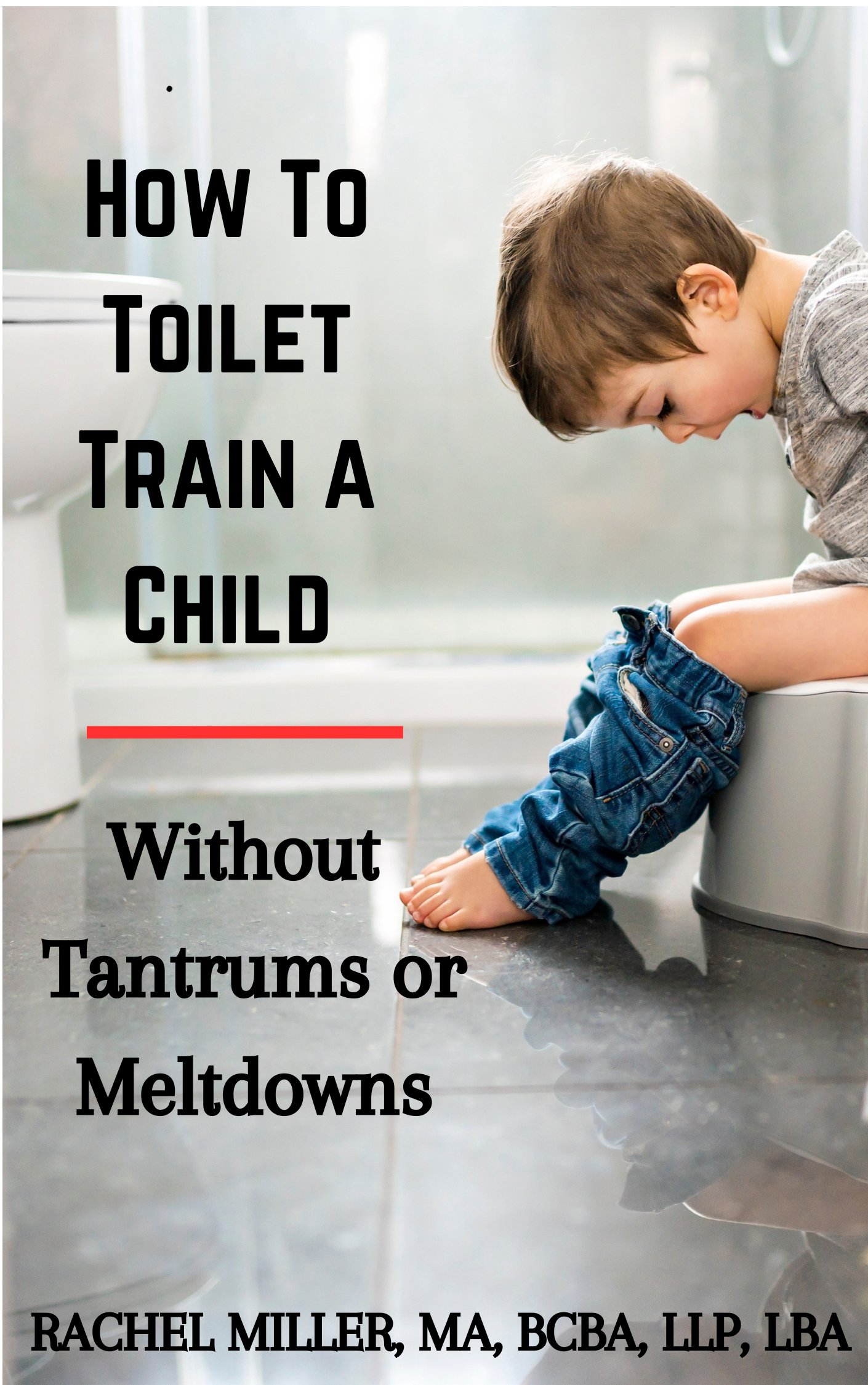Red Dye 40: To Eat or Not to Eat?
Understanding the Effects, the Ban, and the Behavioral Impact

In today’s world, it can feel nearly impossible to walk through a grocery store without seeing brightly colored snacks, cereals, and drinks aimed at children. What many parents don’t realize is that these vivid colors often come from artificial dyes—Red Dye 40 being one of the most common. As growing research and personal experiences continue to raise red flags, many families are asking: Should I remove artificial dyes from my child’s diet?
What Is Red Dye 40 and Where Is It Found?
Red Dye 40, also known as Allura Red AC, is a synthetic food coloring derived from petroleum. It’s used to enhance the visual appeal of food, beverages, medications, and even cosmetics. Despite being labeled "red," this dye is often found in foods that aren’t red at all—think Doritos, Twinkies, chocolate cake mix, vanilla frosting, yogurt, sports drinks, and even non-organic apples that are waxed and dyed for shelf appeal.
Many parents are shocked to discover just how widespread Red Dye 40 is. You’ll even find it in vitamins, toothpaste, and cough syrup—products specifically marketed toward children. Reading food labels carefully is key to spotting and eliminating artificial dyes.
Why Is Red Dye 40 Being Banned?
As of 2025, the United States has begun moving toward stricter regulations on artificial food dyes, including Red Dye 40. This shift follows California’s landmark decision in 2023 to ban certain harmful food additives, including Red Dye 3, and is pushing the FDA to reconsider the safety of Red Dye 40 and other synthetic dyes.
The driving force behind the bans? Mounting scientific evidence and public concern. Multiple studies have shown that artificial dyes may contribute to behavioral issues in children, particularly those diagnosed with ADHD (Attention-Deficit/Hyperactivity Disorder). Some dyes have even been linked to carcinogenic effects, DNA damage, and hypersensitivity reactions. Europe has already restricted or required warning labels on many of these additives—prompting parents and advocacy groups in the U.S. to demand the same protection.
What Are the Reported Effects of Red Dye 40?
Many parents, especially those with neurodivergent children, have reported significant improvements in behavior and focus after removing Red Dye 40 from their child’s diet. While clinical studies on artificial dyes are ongoing and sometimes inconclusive, the anecdotal evidence is strong.
Common symptoms associated with Red Dye 40 include:
- Hyperactivity
- Irritability or aggression
- Temper tantrums
- Short attention span
- Restlessness
- Sleep disturbances
- Mood swings
- Impulsivity
One parent shared her story of a 6-year-old son who was struggling with behavior issues. After eliminating Red Dye 40, his symptoms drastically improved. Now at age 13, he’s reportedly able to tolerate the dye in moderation—but the early elimination helped shape a better foundation for behavioral stability.
How Does Red Dye 40 Affect the Brain?

One theory is that Red Dye 40 may excite the central nervous system, especially in children with underlying conditions like ADHD or sensory processing disorder (SPD). These children often have heightened sensitivity to environmental triggers—including chemicals in food. For them, artificial colors can overload the brain’s sensory input, leading to meltdowns, inattention, and emotional dysregulation.
Artificial dyes may also disrupt dopamine regulation, a key neurotransmitter involved in attention, mood, and reward. Some researchers suggest this disruption may play a role in the behavioral changes observed in sensitive children.
How do you know red dye 40 is the problem?
While lab testing is difficult and costly, many parents conduct their own elimination trials. To see if Red Dye 40 is affecting your child, try removing it completely from their diet for at least two weeks. During this time, keep a food journal and note any changes in behavior, mood, focus, and sleep.
Important steps include:
- Reading ingredient labels closely
- Avoiding processed and brightly colored foods
- Choosing organic and dye-free brands
- Watching for hidden dyes in non-food items (toothpaste, vitamins, meds)
If you notice positive changes, you may have found a simple but powerful solution to behavior issues—without the need for medications.
Alternative Options
One of my favorite places to grocery shop is Aldis because of it's brand name food products that are all free of artificial dyes. Many of them very similar to Big brand names that make their food with dyes. They have a captain crunch cereal that tastes even better in my opinion.. without the dye! They have granola bars, other cereals, and all sorts of options for a healthier and more affordable options to regular brands. However, since products will soon be changing in the U.S. we should be seeing them in all grocery stores. Yum Yum suckers are another great option to your typical dum dum.
Medication vs. Dietary Intervention
Too often, parents are pressured into medicating their children without exploring less invasive options. Some professionals compare ADHD medication to insulin for diabetics—but the analogy doesn’t always hold. Just as some people can manage diabetes through diet and exercise, some children may thrive behaviorally through cleaner, dye-free nutrition.
Of course, medication can be life-changing and essential for some kids. But starting with diet, including removing Red Dye 40, is a low-risk, potentially high-reward approach that puts control back in the hands of parents.
Final Thoughts: Should You Remove Red Dye 40?
The answer is clear: yes, try it. There is no harm in testing whether eliminating Red Dye 40 from your child’s diet improves their behavior, focus, or emotional regulation. If nothing changes, you've ruled out a possible factor. If things improve, you may have found a natural and effective path forward.
With growing national awareness and legal actions already in motion, the food industry is being forced to rethink the widespread use of artificial dyes. As more research emerges, and as more families speak up, Red Dye 40 may soon become a thing of the past—but until then, the choice is yours.
Take Action Today
- Start reading labels for Red Dye 40 and other artificial colors
- Choose whole foods and organic products when possible
- Keep a journal to track diet and behavior
- Share your experience with other parents—it could change a life
The food we eat has a direct impact on how we feel, think, and behave. As awareness grows and science catches up, families are reclaiming control over their children’s health—one dye-free snack at a time.
If you haven't already, be sure to check out my ebooks, now on Amazon!

